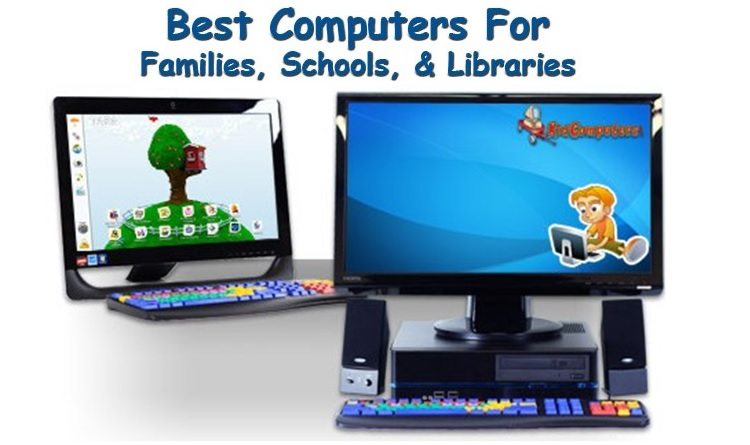
With kids spending more time on their computer and on the internet than ever before, it is important to make them aware of ethics and values.
Ethics’ is about the right things that people should do in any situation.
GET INSTANT HELP FROM EXPERTS!
- Looking for any kind of help on your academic work (essay, assignment, project)?
- Want us to review, proofread or tidy up your work?
- Want a helping hand so that you can focus on the more important tasks?
Hire us as project guide/assistant. Contact us for more information
Ethics to be followed by students during their online lectures:
- Always turn on the video so that the teacher can see the student.
- Use the software feature to inform the teacher that you have a doubt, instead of unmuting and asking.
- Do not chat with others during the online class.
- Do not play games or surf the internet during the online class.
- Do not use the computer to harm other users in any way.
- When the child unmutes the computer (for answering), teach them to let others in the house know that they can be heard by others (so that they do not utter anything personal/bad).
REFERENCES
Baird, M. B, Ramsower, R., & Rosenbaum, S. E. (2000). Cyberethics: Social.and moral issues in the computer age, Amherst, NY: Prometheus Books.
Barlow, J. P. (1995). Property and speech: Who owns what you say in cyberspace? Communications of the ACM, 58(12), 19-22.
Brown, J. M. (1997). Technology and ethics. Learning and Leading with Technology, 24(6), 38-41.
Burnam, B. C. (2000). The ethical dilemmas facing children involved in the home and school use of computers and the Internet. Unpublished doctoral proposal, University of California, Los Angeles.
Canada, K., & Brusca, F. (1991). The technological gender gap: Evidence and recommendations for educators and computer-based instruction designers. Educational Technology Research & Development, 39(2), 43-51.
Colby, A., & Kohlberg, L. (1987). The measurement of moral judgment, vol. 1: Theoretical foundations and research validation. New York: Cambridge University Press.
Damon, W. (1988). The moral child. New York: The Free Press.
Damon, W. (1980). Patterns of change in children’s social reasonings: A two-year longitudinal study. Child Development, 51, 1010-1017.
Damon, W., & Killen, M. (1982). Peer interaction and the process of change in children’s moral reasoning. Merrill-Palmer Quarterly, 28(3), 347-367.
Gilligan, C. (1982). In a different voice: Psychological theory and women’s development. Cambridge, MA: Harvard University Press.
GET INSTANT HELP FROM EXPERTS!
- Looking for any kind of help on your academic work (essay, assignment, project)?
- Want us to review, proofread or tidy up your work?
- Want a helping hand so that you can focus on the more important tasks?
Hire us as project guide/assistant. Contact us for more information
Kafai,Y., & Harel, I. (1991). Children learning through consulting: When mathematical ideas, knowledge of programming and design, and playful discourse are intertwined.
In I. Harel & S. Papert (Eds.), Constructionism (pp. 111-140). Norwood, NJ: Ablex Publishing Corp.
Kohlberg, L. (1981). The philosophy of moral development. San Francisco: Harper and Row.
Kreie, J., & Cronan, T. P. (1998). How men and women view ethics. Communications of the ACM, 41(9), 70-76.
BURNAM AND KAFAILaupa, M., & Turiel, E. (1993) Children’s concepts of authority and social contexts. Journal of Educational Psychology, 85(1), 191-197.
Lickona, T. (1991). Educating for character. New York: Bantam Books.
Lind, G. (1997). Moral dilemma discussion [Online]. Available: http://www.uic.edu/~Inucci/MoralEd/practices/practice1.html
Piaget, J. (1932). The moral judgement of the child. New York: The Free Press, 1965.
Rest, J. (1983). Morality. In J. Flavell & E. Markham (Vol. Eds.), Cognitive development, Vol. III, in P. Massen (General Ed.), Handbook of child psychology (pp. 556-629). New York: Wiley Press.
Resta, P. E. (1994). Ethical and legal issues in computer-mediated communications: The educational challenge. Machine-Mediated Learning, 4(2&3), 269-280.
Roberts, D. F., Foehr, U. G., Rideout, V. G., & Brodie, M. (1999, November). Kids & media@ the new millennium. The Henry J. Kaiser Family Foundation [Online]. Available: http://kff.org/content/1999/1535/KidsReport%20FINAL.pdf
Sandholtz, J. H., Ringstaff, C., & Dwyer, D. C. (1997). Teaching with technology creating student-centered classrooms. New York: Teachers College Press.
Shashaani, L. (1994). Gender-differences in computer experience and its influence on computer attitudes. Journal of Educational Computing Research, 11(4), 347-367.
Turiel, E. (1983). The development of social knowledge: Morality and convention. New York: Cambridge University Press.
Turiel, E. (1989). Domain-specific social judgements and domain ambiguities. Merrill Palmer Quarterly, 35(l), 89-114.
Turiel, E., Killen, M., & Helwig, C. (1987). Morality: Its structure, functions and vagarities. In J. Kagan & S. Lamb (Eds.), The emergence of morality in young children (pp. 155-243). Chicago, IL: The University of Chicago Press.
Wark, G. R., & Krebs, D. L. (1996). Gender and dilemma differences in real-life moral judgement. Developmental psychology, 32(2), 220-230.
Willard, N. (1997). The cyberethics reader. New York: McGraw Hill
GET INSTANT HELP FROM EXPERTS!
- Looking for any kind of help on your academic work (essay, assignment, project)?
- Want us to review, proofread or tidy up your work?
- Want a helping hand so that you can focus on the more important tasks?
StudyMumbai.com is an educational resource for students, parents, and teachers, with special focus on Mumbai. Our staff includes educators with several years of experience. Our mission is to simplify learning and to provide free education. Read more about us.

Leave a Reply
You must be logged in to post a comment.